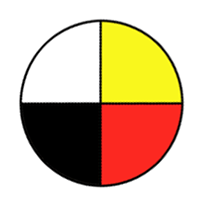CP, TPS
| (a) |
Investigate how magnets are used at home and school, and in business and industrial applications (e.g., refrigerator magnet, magnetic cupboard door latches, credit card magnetic strip, radio speakers, navigation, motorized devices, scrap yard crane, magnetic levitation trains, jewellery, tools, and toys). |
| (b) |
Classify magnets that are used at home and school, and in business and industrial applications as natural, temporary, and permanent. |
| (c) |
Explore how magnetic compasses can provide evidence for and information about magnetic fields, including those created by current traveling through a conductor, and the Earth's magnetic field. |
| (d) |
Design, construct, and test an object such as a toy or game whose function depends on attractive or repulsive magnetic forces. |
| (e) |
Describe the operation of a toy or game whose function depends on magnetic forces using terms such as attract, repel, push, and pull. |
| (f) |
Explain safety procedures to be followed when interacting with magnetic and static electric forces. |
| (g) |
Describe the effects of static electric forces in daily life (e.g., static cling, sparks when touching metal objects after walking across carpeted surfaces, and photocopiers). |
| (h) |
Explain the purpose of technologies which are designed to minimize static electric forces (e.g., fabric softeners and dryer sheets, antistatic bags, chains hanging from combines, antistatic safety boots, grounding straps on cars, and dusters). |
| (i) |
Investigate methods of using magnetic and static electric forces to create artistic expressions (e.g., mobiles, kinetic sculptures, painting, and drama). |
| (j) |
Generate new questions from what has been learned about applications of magnetic and static electric forces. |







